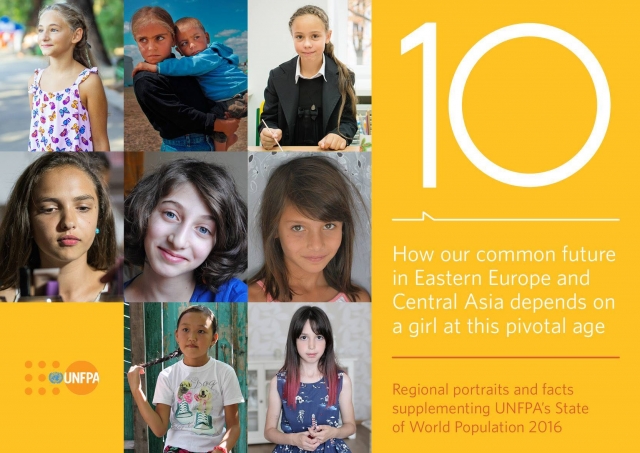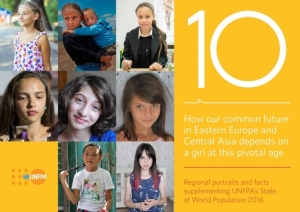UNFPA: Rooted Gender Inequalities Still Represents the Problem in Georgia
The United Nations Population Fund (UNFPA) has published its 2016 report on the State of the World Population. The report focuses on ten-year-old girls, as ten is a pivotal age for girls everywhere, as puberty approaches.
Without the contribution of today’s ten-year-old girls, the United Nations Agenda 2030 for Sustainable Development and its accompanying 17 Sustainable Development Goals may never be achieved.
According to the Eastern Europe and Central Asia regional supplement to the global report, even though, at the age of 10, some girls are able to build and develop their skills, enhance their horizons; they become able to make choices in order to shape their own future in the Eastern Europe and Central Asia region. Still, many girls are burdened with social and cultural norms and discriminatory laws.
Despite the existing range of policies related to tightening bans on child marriage, providing life-skills training and age-appropriate sexuality education to girls the traditional gender roles and stereotypes still represent an issue. According to the report, girls in Eastern Europe and Central Asia region go to school, despite it being illegal; child marriage is still common in southeastern Europe and the South Caucasus (where Georgia belongs) and Central Asia.
According to the regional supplement, in some countries of this region, fewer girls are born than boys in due to gender-biased sex selection; the region has some of the world’s largest sex-ratio-at-birth imbalances.
Georgia has a reputation for being a patriarchal society. Stereotypes concerning gender roles still run deep in Georgian society. Reason for that might be the fact that the custom has established Georgian men as wage-earners, the heads of households and the upholders of familial honor.
Children are taught from an early age to associate certain things like toys, colors, and songs with gender. Domestic activities like cleaning, cooking, taking out the trash and taking care of babies are all seen to be firmly in the realm of women’s work.
Natia Liparteliani












